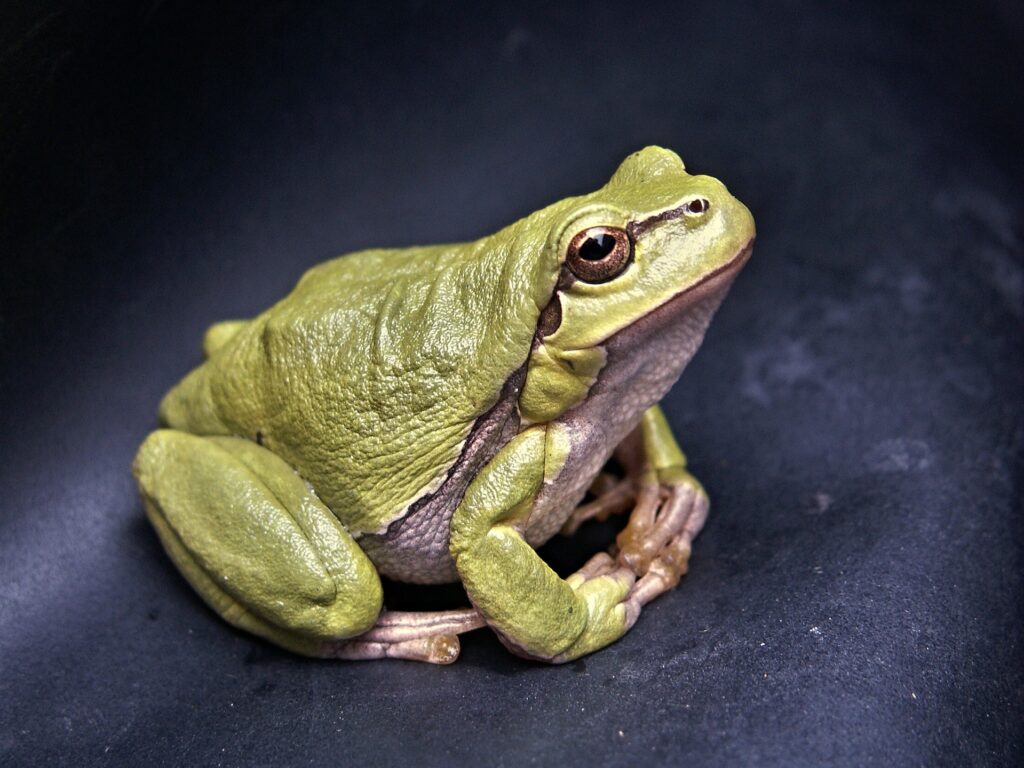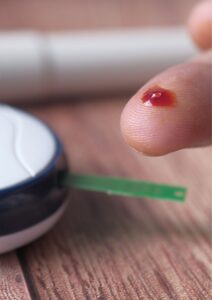Greetings, Science Seekers!
Have you ever looked at a frog and thought about diabetes treatment? No? It’s time we dive into the marvellous world of biomolecules, where even amphibian skin plays an extraordinary role in scientific discovery.
Frogs, despite their simple exterior, are factories of complex compounds that serve as their bodyguards against predators and microbes. Their skin secretions are a treasure trove of peptides, alkaloids, and biogenic amines. Surprisingly, these tiny chemical warriors, especially the peptides, have also exhibited antimicrobial, anticancer, immunomodulatory, and – brace yourself – insulinotropic activities. Yes, you heard right! These peptides are stepping up to the plate in the ongoing battle against diabetes.
In this exciting exploration, we have zeroed in on peptides from frog species belonging to the Alytidae, Hylidae, Pipidae, and Ranidae families. We’ll break this down into a digestible story – don’t worry, there’s no jargon on the menu!
Enter ‘Frenatin 2D’ hailing from the Discoglossus sardus frog. This peptide and its synthetic analogues have shown promising insulinotropic activity. Translation? It encourages insulin production in both rat and human pancreatic beta cells.
Joining the fray are peptides like ‘PGLa-AM1’ and ‘CPF-AM1’ from Xenopus amieti, ‘temporin’ from Rana temporaria, and ‘esculentin-1’ from Rana esculenta. These peptides stimulate insulin production, with some affecting membrane potential and intracellular calcium levels.
But that’s not all! Tests on lean mice showed these peptides and some of their analogues improved blood glucose levels and increased insulin concentrations. And, when it comes to genetically obese-diabetic mice, the same peptides improved blood glucose, insulin sensitivity, and insulin secretion. They also bettered lipid profiles and enhanced kidney and liver function.
What’s the take-home message here? While we’re not suggesting you go out and start cuddling frogs, this investigation shines a light on the vast potential of frog skin peptides as a potential resource for type 2 diabetes treatment development. Who knew the humble frog could potentially leap to our rescue in the fight against diabetes?
Stay tuned for more exciting adventures as we explore the wonders of the natural world and its incredible potential to unlock solutions to our most pressing health challenges.
Keep exploring, and never stop questioning!








